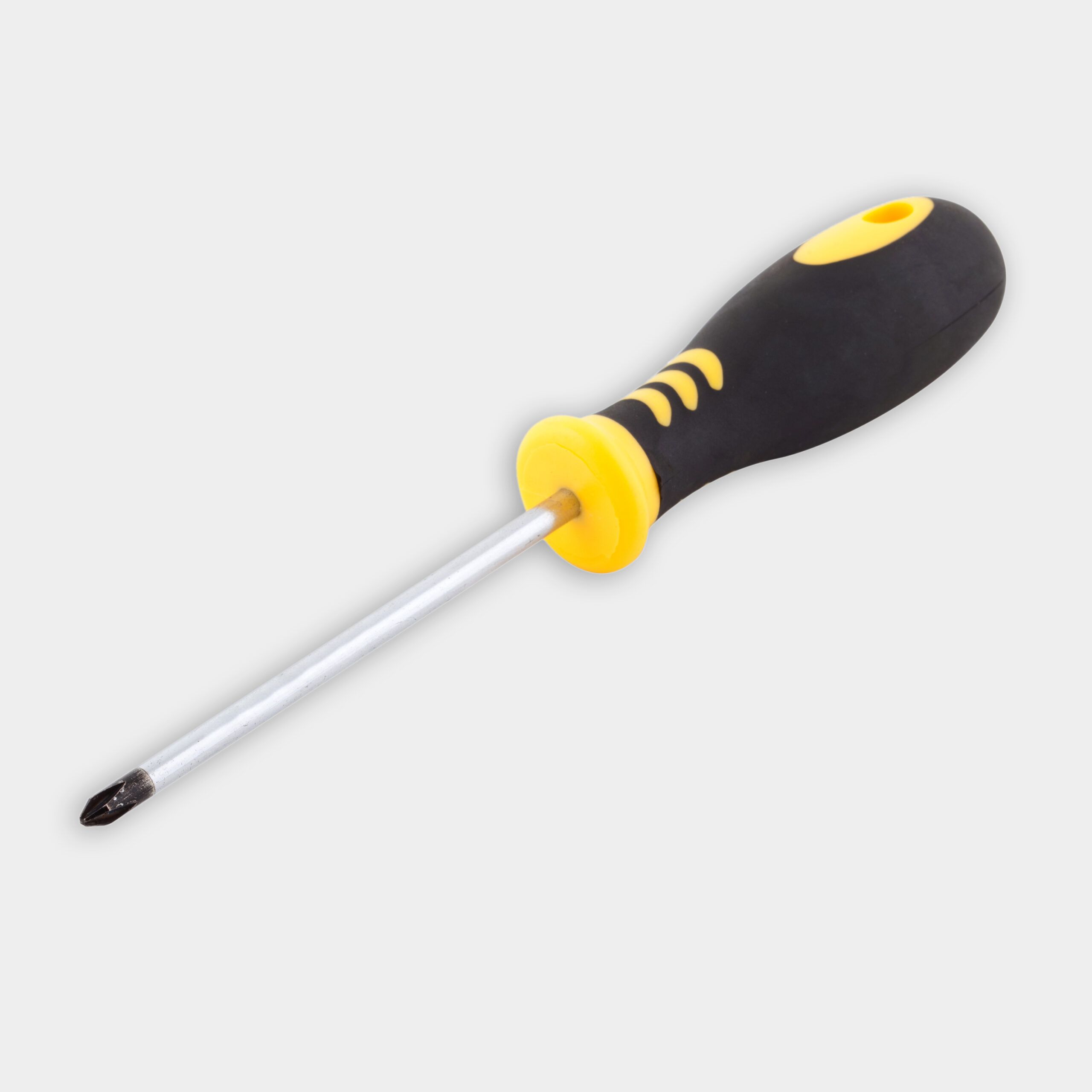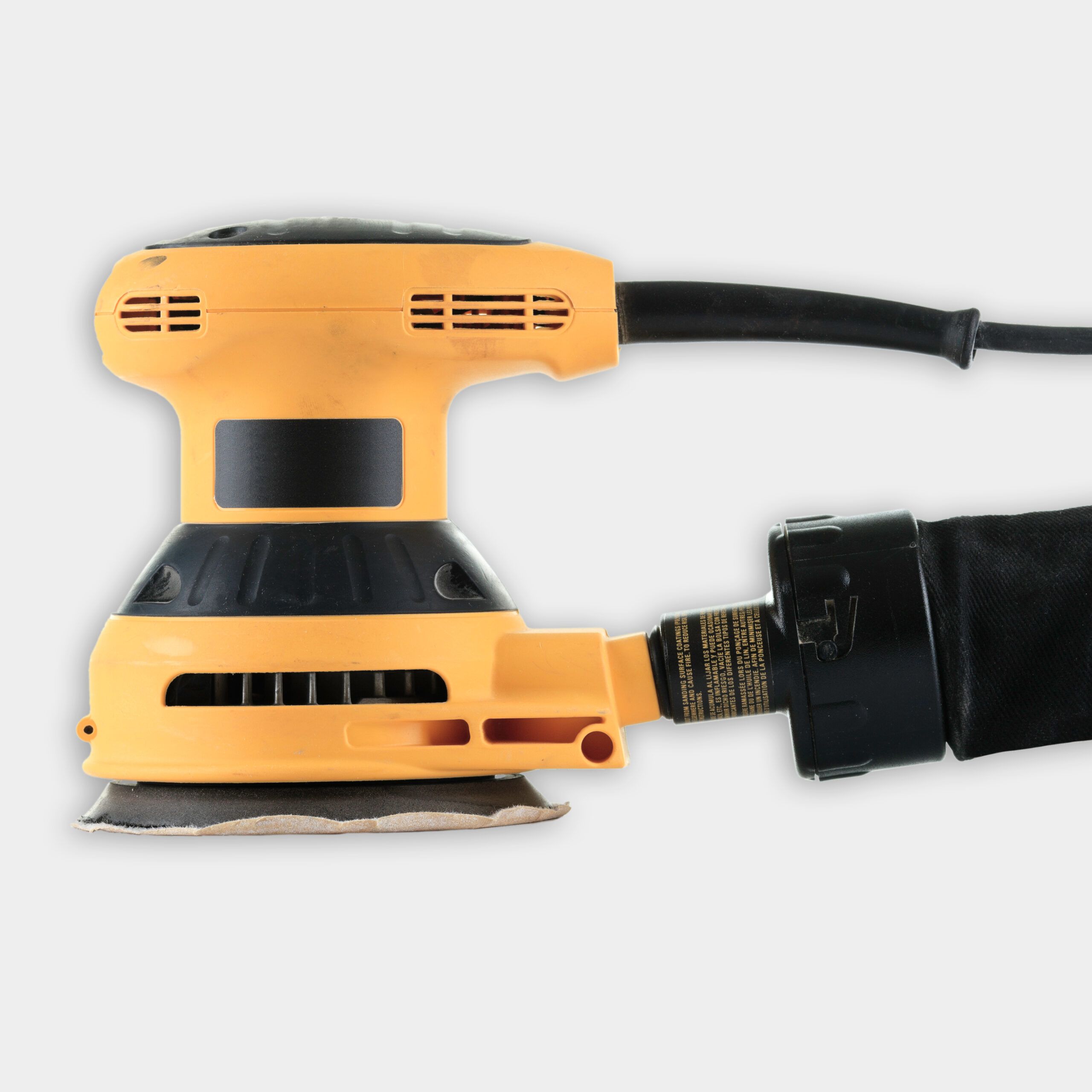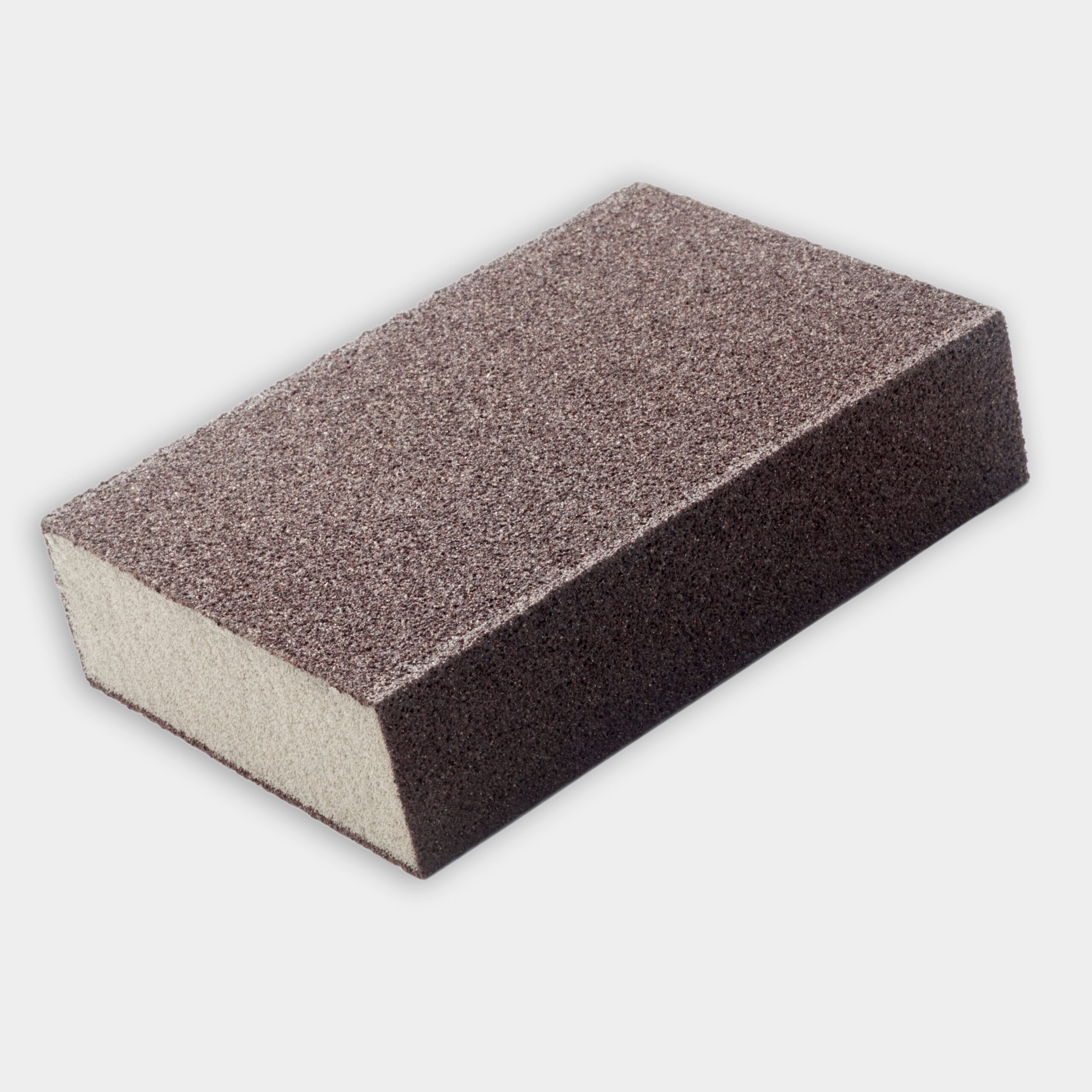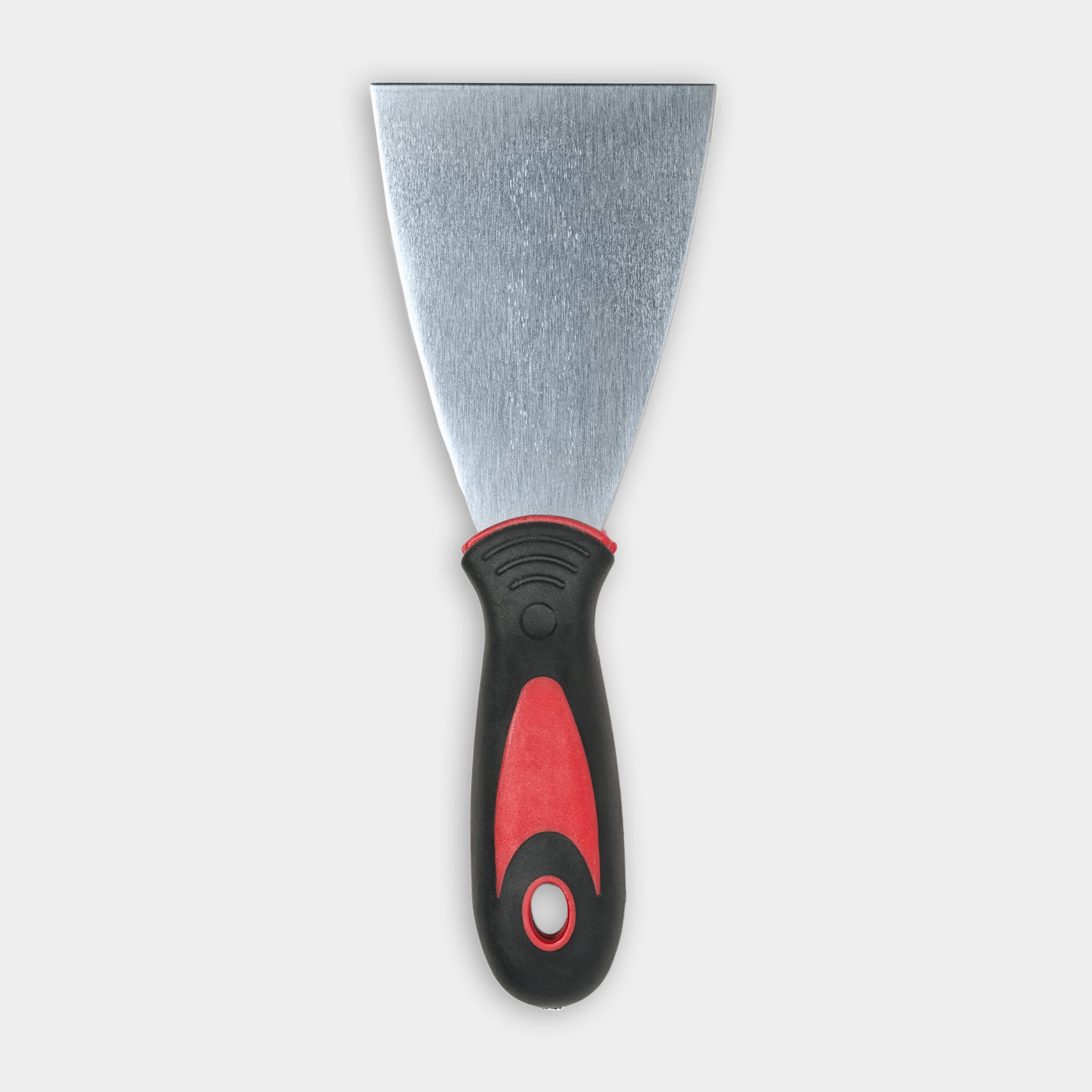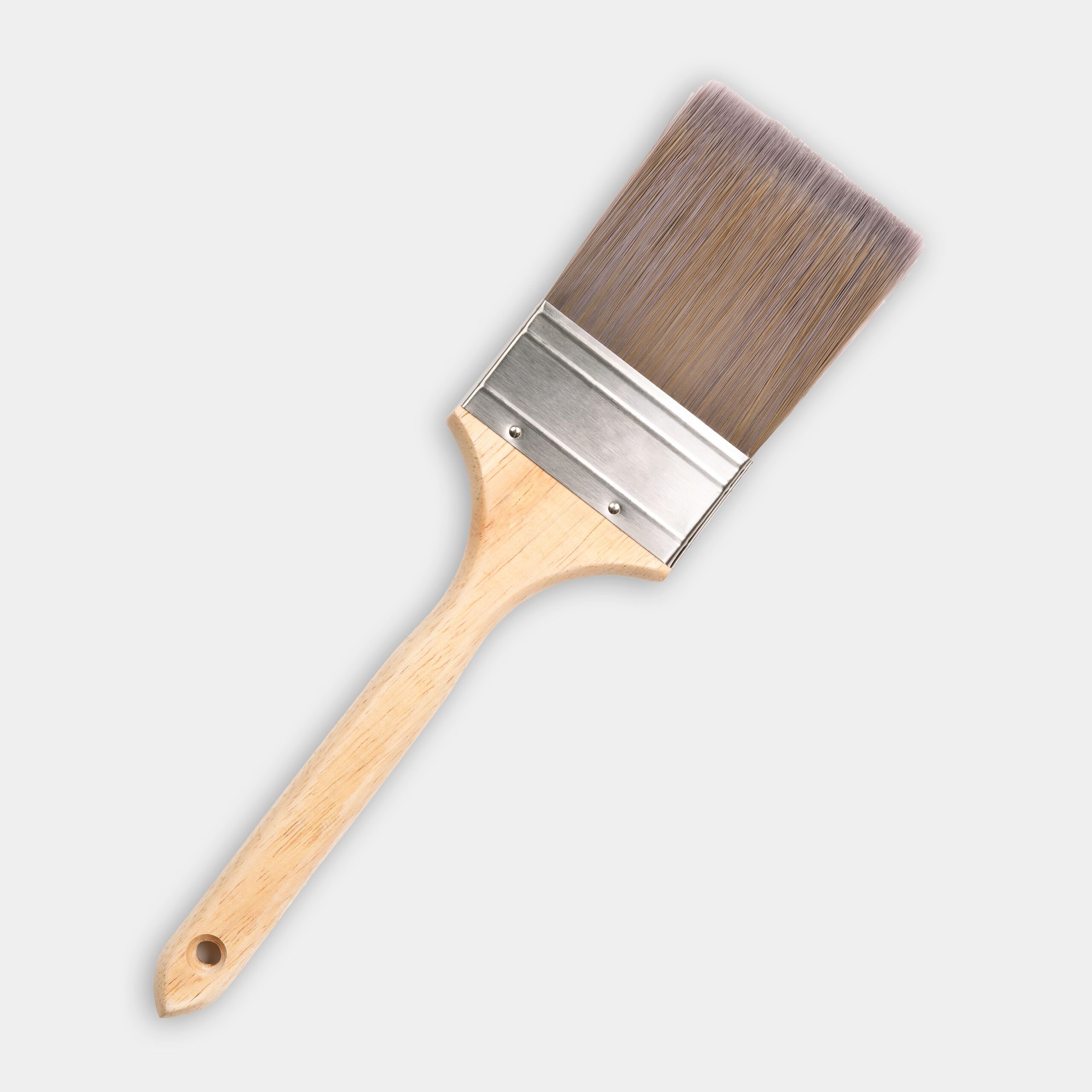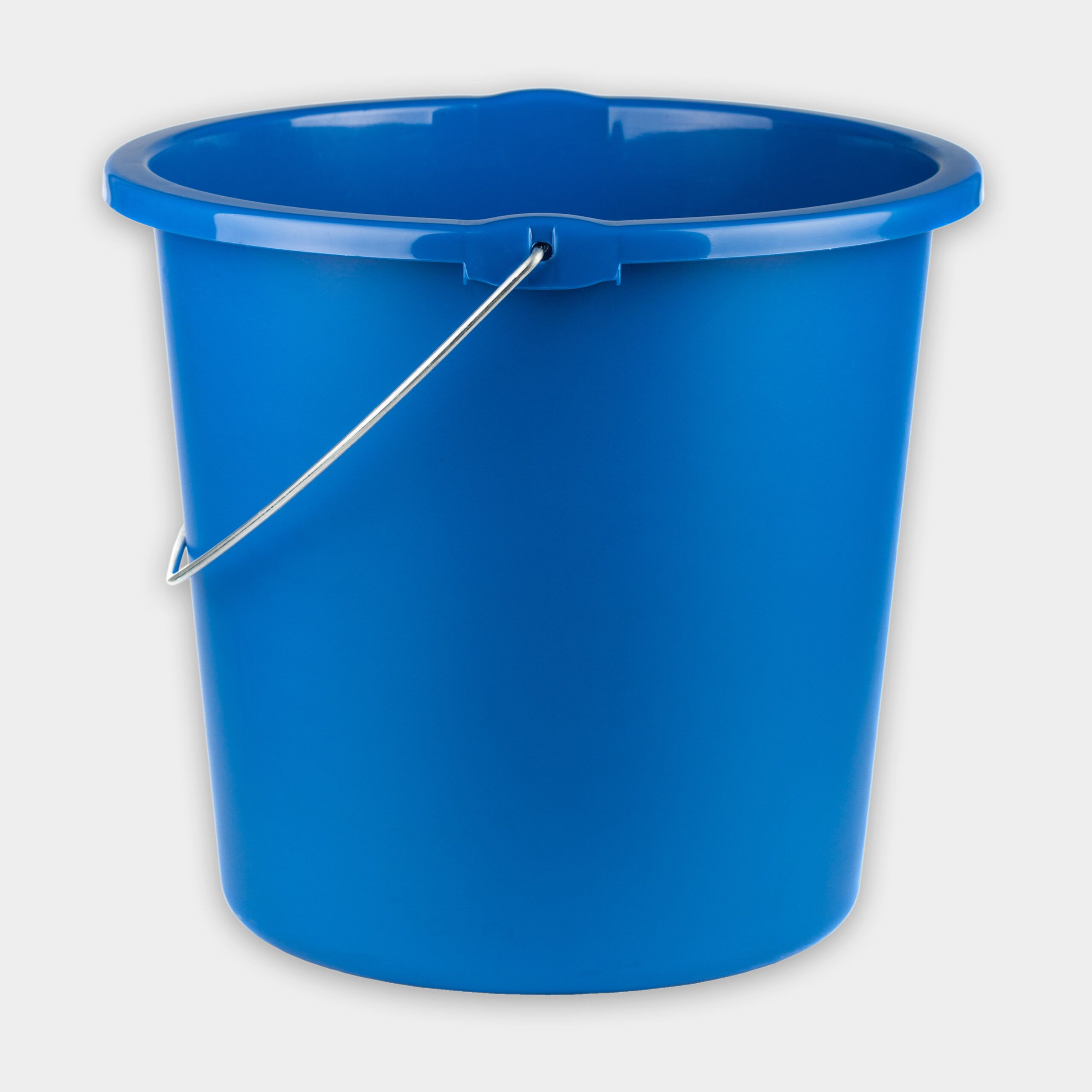We may be compensated if you purchase through links on our website. Our team is committed to delivering honest, objective, and independent reviews on home products and services.
Project details
Skill
Cost
Estimated Time
When your home’s exterior needs a little boost, a fresh coat of paint on your front door can do the trick. It’s a simple yet effective DIY project that can transform the entire look of your house and reflect your personality and individual style. In this article, we’ll explain how to personalize your front door with paint colors. We’ve also included a video featuring painting expert Mauro Henrique as he walks homeowner Jenn through the steps to paint her front door with a high-gloss finish.
How To Choose the Right Paint Color for Your Front Door
In this section, we’ll help you decide which paint color will complement your home’s exterior and make a lasting impression on visitors. Many homeowners opt for a standard front door color, which include:
- Charcoal gray
- Classic red
- Forest green
- Navy blue
- Sunny yellow
If you’d like to choose something a little different or a color that will make your house pop, you can go in another direction, but you’ll want to make sure you coordinate it with:
- Existing exterior colors
- Neighborhood aesthetics
- Personal preferences
- Your home’s architectural style
Using Color Apps for Visualization
Some home improvement and paint companies have color visualization apps to see what your door would look like in a different color. You take a picture of your front door, upload it to the app, and virtually “paint” your door. You’ll get a preview of the final result before committing a color. Give it a try if you’re having trouble envisioning what your new front door would look like in a new color.
Painted Front Door Ideas
Painting your door a solid color is just one option you have. You can also you can explore creative painting ideas, such as:
- Patterns: Have a little fun with stripes, chevrons, and other patterns for a unique look.
- Seasonal colors: Change your door color with the seasons for a fresh look year-round.
- Stenciling: A decorative stencil will give your door an artistic touch.
- Two-tone doors: Use two complementary colors to create a striking design.
Preparing Your Front Door for Painting
Prepping your door before you paint it creates a nice, smooth surface. This will help you apply your paint without any holes or splinters. Follow these steps to prepare your door for its new coat of paint.
Removing the Door and Hardware
- Remove the door from its hinges.
- Take off all hardware, including the doorknob, lock, and any decorative elements.
- Label the hardware to make reassembly easier.
- Add painter’s tape to any windows or decorative elements you can’t remove but don’t want to get paint on.
Sanding and Cleaning
- Use a hand scraper to get rid of peeling paint.
- Sand the entire door using 80-grit sandpaper to remove old paint and create a smooth surface.
- Clean the door thoroughly with a vacuum and tack cloth to remove all dust and debris.
Priming the Door
- Apply an exterior-grade oil-based primer to the door.
- Allow the primer to dry overnight.
- Lightly sand the primed surface with 220-grit sandpaper.
Dealing with Imperfections
After priming, address any imperfections to make a smoother surface:
- Fill any holes or cracks with wood filler.
- Use a putty knife to smooth out the filler.
- Let the filler dry completely, then sand the area for a seamless surface.
- Rehang the door. You can also choose to paint first if you’d like.
Choosing the Right Paint Type and Tools for Your Door
Choosing your color and design aren’t the only decisions you’ll have to make. You also have to decide which paint type and tools to use. Selecting high-quality paint and the proper tools will help you achieve a professional-looking finish on your front door.
Types of Paint for Front Doors
We’ve listed a few paint options below:
- High-gloss paint: The glossier the paint, the more mirror-like the finish. It’s also easy to clean.
- Latex paint: Latex paint is easy to clean up and environmentally friendly.
- Oil-based paint: Oil-based is durable and provides a smooth finish.
Painting Tools You Need
Gather these tools before starting your project:
- Drop cloths
- Natural bristle brushes
- Paint roller and tray
- Painter’s tape
- Putty knife
- Sandpaper (various grits)
- Wood filler
Additional Tools for a Smooth Finish
There are a few other tools you might find useful when you start your project. Here are a few ideas:
- Hand sander: Provides a consistent sanding surface.
- Scraper: Helps remove peeling paint with ease.
- Vacuum with a brush attachment: Makes for a thorough cleanup of sanding debris.
Painting Your Front Door
Now that you’ve prepped your door, rehung it, and gathered your supplies, it’s time to start painting. Pick a sunny day with low humidity, then follow these steps:
Apply the First Coat
- Stir the paint thoroughly before use.
- Begin with the door’s panels, using a brush to paint the recessed areas.
- Paint the rails (the horizontal pieces) next.
- Finish with the stiles (the vertical pieces).
- Allow the first coat to dry completely, typically 10–12 hours.
- Apply a second coat once it’s dry.
Avoiding Common Mistakes
Here are tips to ensure an even coat:
- Always paint in the direction of the wood grain.
- Apply paint in thin layers to avoid drips and runs.
- Blend brush strokes to prevent visible lines.
Adding the Final Coat
- Lightly sand the first coat with 220-grit sandpaper.
- Clean the door with a tack cloth to remove dust.
- Apply the final coat.
- Allow the door to dry completely.
Finishing Touches and Maintenance for Your Painted Front Door
Once you’ve painted your door and rehung it, make sure you put on the finishing touches so that your paint job lasts for years to come.
Reattaching Hardware
Remember these tips as you reattach your doorknob and lock:
- Wait at least 24 hours after the final coat before reattaching hardware.
- Carefully reinstall the doorknob, lock, and any other hardware.
- Touch up any areas that have scratches from hardware installation.
Adding Decorative Elements
If you have any other decorative elements, you can add them. Here are a few ideas:
- Door knocker: Choose a design that complements your door color.
- House numbers: Select modern or vintage styles to match your home’s look.
- Wreath: Seasonal wreaths can add a welcoming touch throughout the year.
Maintaining Your Newly Painted Door
Keep your door looking fresh by maintaining your paint job by:
- Cleaning it regularly with a mild soap and water solution.
- Reapplying a coat of paint every few years or as needed.
- Touching up any chips or scratches promptly.
Resources
- Mauro painted Jenn’s door using a Fine Paints of Europe oil-based primer/undercoat. It’s a high-end, more expensive primer, but Mauro chose it because he needed the door paint to be high-performance and long-lasting and to preserve the door’s high sheen.
- For the paint color itself, Jenn chose Benjamin Moore’s exterior-grade, oil-based, high gloss paint in the color Seaweed.
- To fill in any holes or imperfections on the door, Mauro used MH Ready Patch wood putty, which can be found at most home centers.
Painting your door can transform your home’s exterior in just a few days no matter what products you decide to use. Remember to follow safety precautions and call a professional if you need help.

